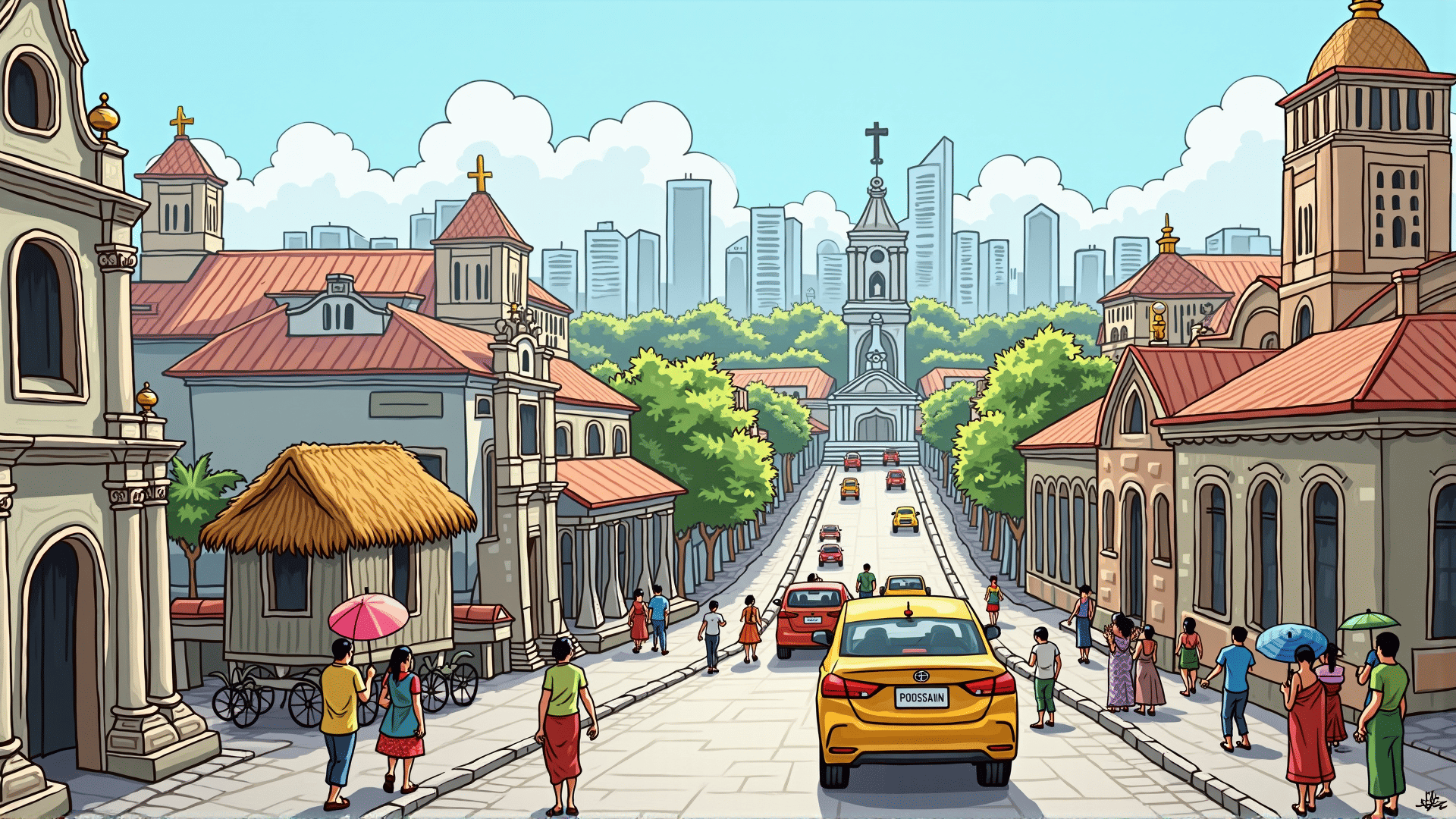The Philippines is a treasure trove of cultural diversity, with its architecture serving as a vivid canvas that reflects the confluence of various influences. This fusion creates an architectural tapestry that is as fascinating as it is unique, offering a glimpse into the nation's rich heritage and vibrant history.
The origins of architectural styles in the Philippines can be traced back to pre-colonial times when indigenous communities built structures that harmonized with their natural surroundings. These early forms, such as the iconic bahay kubo, were designed out of necessity and made from locally sourced materials like bamboo and nipa palm. The simplicity and functionality of these structures reflect a deep understanding of the local environment, as well as the ability to adapt and innovate.
With the arrival of Spanish colonizers in the 16th century, the architectural landscape began to transform dramatically. The Spanish brought with them their architectural styles, blending them with indigenous techniques to create a new hybrid form known as the bahay na bato. Characterized by its stone foundations and elevated wooden upper floors, the bahay na bato was both resilient and elegant, standing as a testament to cultural exchange and adaptation. This style represented more than just a fusion of methods; it encapsulated a merging of cultures into a distinct architectural identity.
The American colonization in the early 20th century introduced yet another layer to this rich tapestry. This period saw the introduction of modern American architectural styles, with sleek lines and practical designs becoming increasingly popular. Structures such as theaters, schools, and government buildings from this era highlight a blend of Western influences while incorporating local elements that preserve the country's cultural identity.
Post-independence, the Philippines witnessed a renaissance in architecture that continued to draw from these diverse influences while also seeking to establish a more contemporary national identity. Architects began experimenting with modern and international styles, innovatively integrating traditional motifs and materials to create structures that resonate with both the past and present.
Today, this unique fusion of cultures can be seen throughout the nation, from the bustling streets of Manila to the serene landscapes of the provinces. Landmarks like the San Agustin Church in Intramuros or the Manila Metropolitan Theater provide a window into the eclectic mix of periods and styles. These buildings not only serve as functional spaces but also as monuments that tell the story of a country's journey through time.
In essence, the architectural heritage of the Philippines is a reflection of its multifaceted cultural identity. It is a vibrant depiction of how the embrace of various cultural influences can coexist and create a distinctive and inspiring environment. As you explore the buildings and structures across the islands, you'll find that they offer more than just aesthetic appeal; they are embodiments of the Philippines’ enduring spirit of resilience and creativity.
